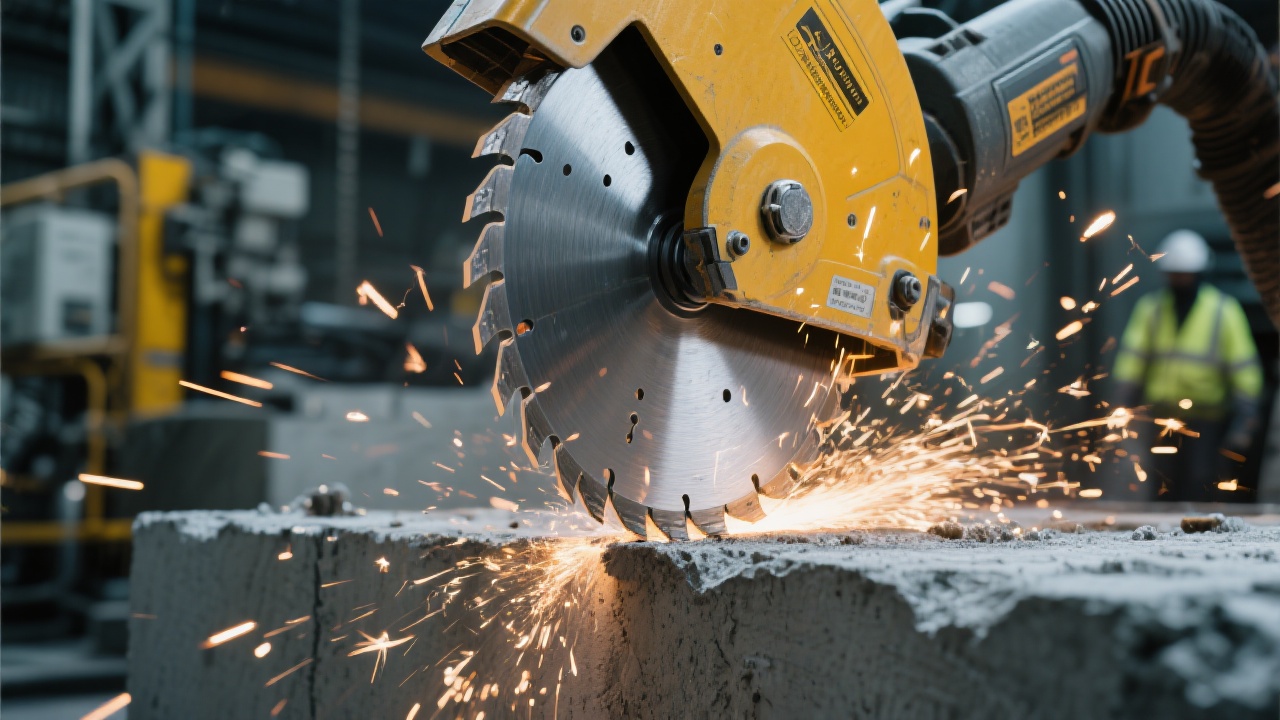
For manufacturers working with gray iron, ductile cast iron, stainless steel, hard alloys, stone, or ceramics—consistent performance and tool life are not just goals; they’re non-negotiables. At Youde Superhard Tools, we’ve spent over a decade refining our brazed diamond segment technology to meet these exacting demands. This article dives into the most common brazing failures seen in real-world applications—and how to prevent them.
In high-load industrial grinding environments, even minor brazing defects can lead to catastrophic tool failure. According to our internal field data from 2023–2024, approximately 37% of premature segment loss across 12+ countries was traced back to improper braze joint integrity—not poor diamond quality or incorrect usage.
| Failure Type | Typical Cause | Impact on Production |
|---|---|---|
| Segment Detachment | Inadequate preheating or flux contamination | Unplanned downtime, safety risk |
| Cracking at Braze Joint | Thermal shock due to rapid cooling after brazing | Reduced tool life by up to 40% |
| Diamond Pull-Out | Poor bonding agent selection or insufficient dwell time | Increased wear rate, inconsistent finish |
Youde’s patented vacuum brazing process uses a proprietary Ni-Cr-Mo alloy that bonds at 1050°C ± 15°C, ensuring uniform metallurgical fusion without oxidation. In comparative tests against industry-standard Cu-based brazes, our segments showed:
One client in Germany reported a 33% reduction in grinding wheel replacements after switching to Youde’s segmented design—with no change in their existing machine parameters. That’s not just a product upgrade—it’s a workflow transformation.

Even the best tools fail when misused. Here’s what top-performing shops do differently:
These steps may seem simple—but they’re the difference between a 3-month lifespan and a 6-month one. And in high-volume production, that’s hundreds of thousands in avoided waste and rework.

